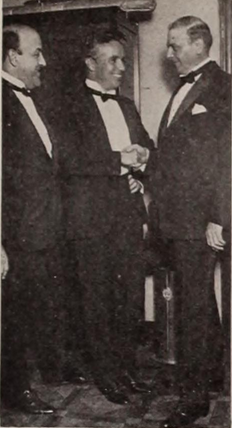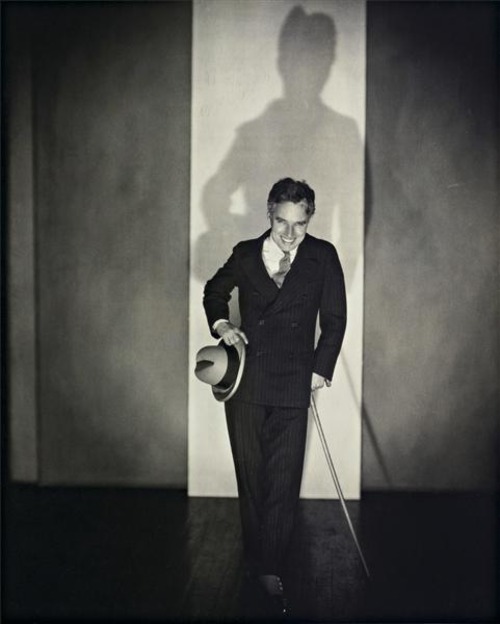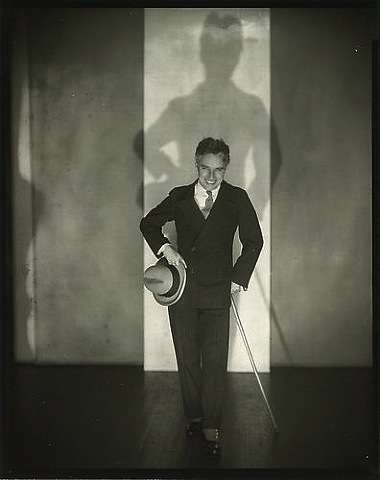Chaplin first met Parsons in 1915 when she was head of the scenario department at Essanay. On his first day at the studio, she handed him a script. Alarmed, he snapped at her, "I don't use other people's scripts, I write my own!"
However, despite this abrupt first meeting, Chaplin and Parsons became friends (although Lita Grey recalls being present during a very heated argument between them in the 1920s). So when Chaplin became unpopular politically, one may have expected Parsons to come to his defense since she had long been known as a friend of his. But, as Charles Maland pointed out in his book, Chaplin & American Culture, "the prevailing political atmosphere (and the fact that her employer was the Hearst Newspaper chain), put pressure on her to criticize Chaplin." Thus protecting herself against the charge of being seen as a Communist sympathizer. Despite this, I don't think she was as venomous towards Chaplin as her rival Hedda Hopper.
![]()
However, despite this abrupt first meeting, Chaplin and Parsons became friends (although Lita Grey recalls being present during a very heated argument between them in the 1920s). So when Chaplin became unpopular politically, one may have expected Parsons to come to his defense since she had long been known as a friend of his. But, as Charles Maland pointed out in his book, Chaplin & American Culture, "the prevailing political atmosphere (and the fact that her employer was the Hearst Newspaper chain), put pressure on her to criticize Chaplin." Thus protecting herself against the charge of being seen as a Communist sympathizer. Despite this, I don't think she was as venomous towards Chaplin as her rival Hedda Hopper.


































